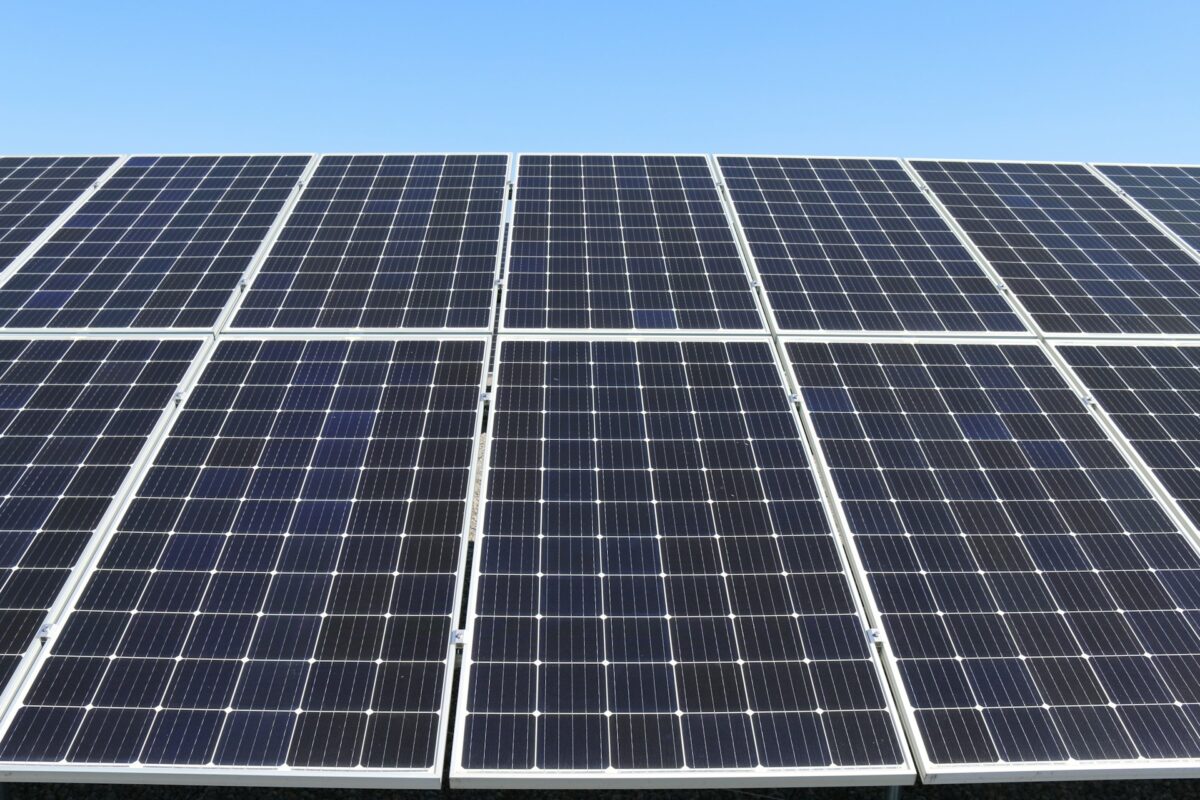Land degradation, desertification and drought are formidable environmental challenges with far-reaching global consequences. This year’s World Environment Day sheds light on these critical issues, emphasizing the pivotal role of land restoration in combating climate change. As we navigate towards a more sustainable future, understanding the urgency of addressing land degradation is paramount, alongside recognizing the transformative potential of solar energy in this endeavor.
Land degradation encompasses the decline in the productive capacity of land, stemming from soil erosion, vegetation and biodiversity loss and other detrimental processes. Desertification, a common outcome of land degradation, leads to arid region expansion, resulting in biodiversity loss and diminished agricultural output. Climate change exacerbates these challenges, amplifying the frequency and intensity of droughts and extreme weather events.
The impact of land degradation is immense, affecting billions worldwide, particularly rural communities, smallholder farmers and the impoverished. Currently, nearly a quarter of the world’s landmass suffers from degradation, leading to severe consequences such as food scarcity, rising prices and worsening of climate change through carbon release. If current trends persist, the majority of Earth’s land could degrade within three decades.
However, amidst these challenges lie immense opportunities for restoration. Efforts to reclaim degraded land globally offer multifaceted benefits, including enhanced productivity, carbon sequestration and biodiversity preservation. Moreover, restoration initiatives have the potential to foster socio-economic progress by generating employment, bolstering economies and providing newfound opportunities for marginalized communities.
Despite the daunting statistics, there is hope for a sustainable future through concerted restoration efforts. By addressing land degradation, we not only mitigate environmental degradation but also pave the way for socio-economic advancement and resilience in the face of global challenges.
Empowering restoration through solar solutions
There is still hope through land restoration efforts, especially when paired with solar energy solutions. Restoring degraded landscapes holds promise in reversing land degradation’s adverse effects while offering multifaceted benefits. Restoration initiatives not only foster biodiversity and ecosystem health but also yield significant economic returns. Studies suggest that every dollar invested in restoration can yield up to US$30 in ecosystem services, highlighting the tangible value of such endeavors.
Integrating solar energy solutions with land restoration initiatives presents a synergistic approach to addressing interconnected environmental challenges. By leveraging solar power for land restoration, nations can not only mitigate climate change impacts but also foster sustainable development and resilience. Collaborative efforts between governments, businesses and communities are essential to harnessing the transformative potential of solar energy for sustainable land restoration.
India’s solar revolution
India isn’t merely a bystander but a leading force in the worldwide solar movement. Currently ranked fourth globally in solar power capacity, India has seen a remarkable surge in solar installed capacity over the last five years, soaring from 21,651 MW to 70,096 MW by 2023. With ambitious targets and initiatives like the Production Linked Incentive (PLI), India aims to achieve 500 GW of renewable energy capacity by 2030, not just for sustainable energy but for a greener future worldwide.
There has been a shift towards declining costs, improved energy storage solutions and advancements in grid technology within the solar industry. This transition is marked by increased decentralization, widespread adoption and a proliferation of solar projects, signifying a steadfast commitment to sustainable energy.
The Indian government’s dedication to solar power extends beyond rhetoric to comprehensive policies and initiatives. The Production Linked Incentive Scheme (PLI) for the National Programme on High-Efficiency Solar PV Modules, with an investment of INR 24,000 Cr, aims to bolster domestic manufacturing and solidify India’s status as a solar powerhouse.
Among the positives of India’s solar growth story, addressing the avoidance of land degradation remains a challenge. Solar projects require substantial land parcels and if not effectively designed at the regulatory level, they may be heavily impacted by the waste generated at the end of the project life cycle, leading to severe impacts on the topsoil and sub-surface freshwater. The power purchase agreements still do not sufficiently address the effective recycling of solar waste and reclamation of land for productive uses. Failing to address this issue in time could lead to another major environmental and social disaster.
Towards a sustainable future
As we commemorate World Environment Day, the imperative of restoring our land for a sustainable future looms large. Embracing solar solutions offers a beacon of hope in this journey, underscoring the profound impact of renewable energy on global sustainability. By forging ahead with solar-powered land restoration initiatives, we can build resilient ecosystems, foster sustainable livelihoods and safeguard our planet for generations to come.
The views and opinions expressed in this article are the author’s own, and do not necessarily reflect those held by pv magazine.
This content is protected by copyright and may not be reused. If you want to cooperate with us and would like to reuse some of our content, please contact: editors@pv-magazine.com.








By submitting this form you agree to pv magazine using your data for the purposes of publishing your comment.
Your personal data will only be disclosed or otherwise transmitted to third parties for the purposes of spam filtering or if this is necessary for technical maintenance of the website. Any other transfer to third parties will not take place unless this is justified on the basis of applicable data protection regulations or if pv magazine is legally obliged to do so.
You may revoke this consent at any time with effect for the future, in which case your personal data will be deleted immediately. Otherwise, your data will be deleted if pv magazine has processed your request or the purpose of data storage is fulfilled.
Further information on data privacy can be found in our Data Protection Policy.